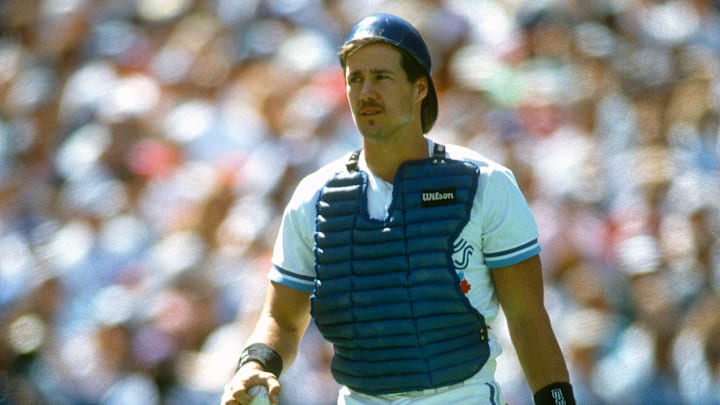There's something humbly noble about the catcher position. It's not the flashiest position or one that easily garners the spotlight, but you can argue that it is one of the most vital and demanding positions to play on the baseball field.
There's a reason catchers are known as field generals. They have to work with and keep track of the entire pitching staff, game plan and call games, converse tactfully with umpires, and take a physical beating every night behind the plate. On top of all this, they still have to focus on their own offensive game.
The Blue Jays have had a few standout catchers over the team's 45-year history, and we're going to take a look back and attempt to rank the top five.
Who knows, maybe in the future we'll see the current duo of Danny Jansen and Alejandro Kirk on this list. They're both well on their way in their promising young careers; Jansen ranks fourth all-time in WAR, while Kirk ranks eighth. We just need some more time to see how they progress and contribute to the team's success.
